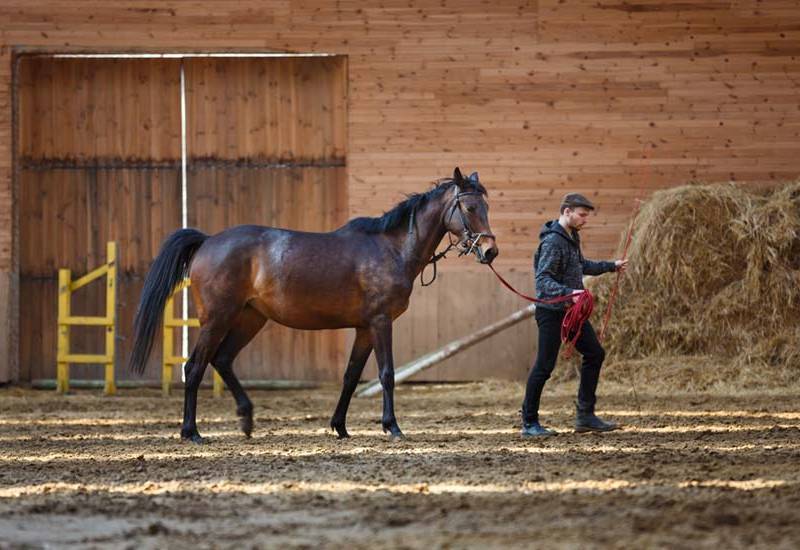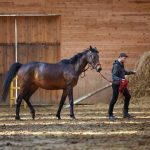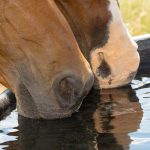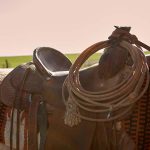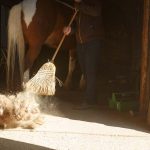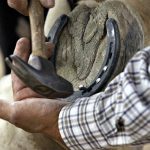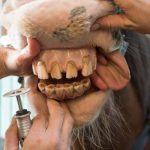It’s All about Communication
The main idea behind natural horsemanship involves communication between the trainer and the horse. Since horses have a number of ways to communicate their emotions – including the movements of their tails, front legs, and heads – those who practice this training method need to understand exactly what the horse is feeling at all times. Using those emotions (and knowing which ones telegraph the words “back off”) is important. This goes both ways, as the trainer utilizes certain types of body language in order to both instruct and calm the horse.
Use Pressure: Not Fear
Fear is sometimes used in other horse training methods. Not in natural horsemanship. The idea here is to create a bond of trust between the trainer and the horse. Once the horse trusts the person who’s working with it, they’ll be more compliant to commands. On top of this, these commands are taught by using a small amount of pressure, not pain. There’s a big difference between the two, and the horse is much more likely to learn when those same types of pressure, such as a gentle push with the heels while riding the horse, than they are when pain is used.
Standard Tools of the Practice
Natural horsemanship utilizes a number of tools. These include a lead rope and a rope halter complete with a thin noseband. While it isn’t unusual to see a trainer using a saddle and bridle, in many cases, they choose to go without the bridle and just use reins made from rope. When bridles are used, they are commonly bitless, as this is more comfortable for the horse. In addition, some leg weights are also used.
Why Natural Horsemanship Is Ideal
Since natural horsemanship utilizes the horse’s true nature and essentially bonds the horse and its trainer together, this is an ideal method of training. The horse learns to trust the trainer as it learns what to do, although this works best if the horse is in the right mindset. When the horse becomes frustrated or wants to be done, the trainer must know that this is the time to back off and try again later. After all, horses – even well-trained ones – are still animals.

